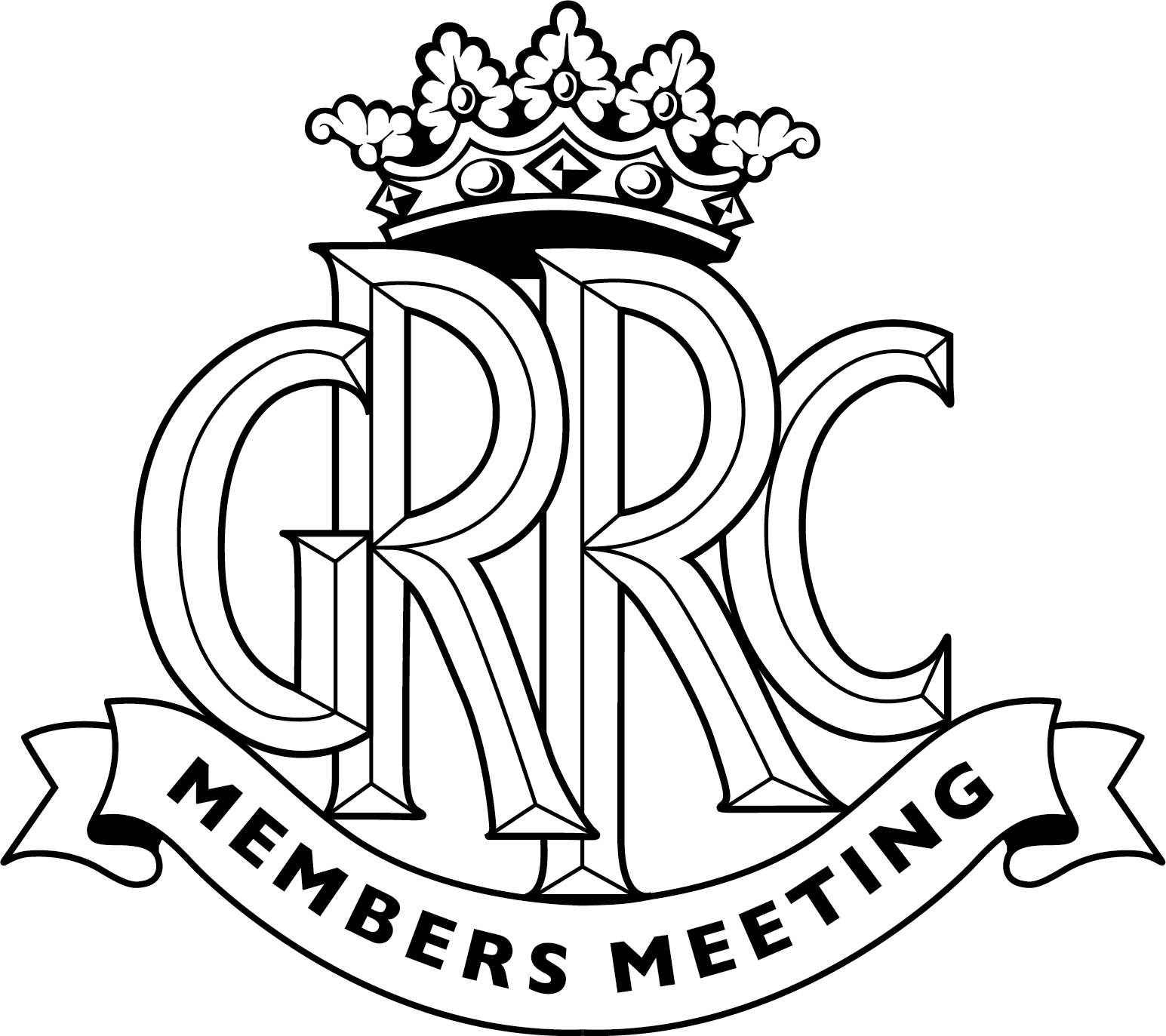No small feat: The John Tojeiro story
The man behind the Tojeiro cars didn’t achieve glittering success at school but was a pioneering engineer who worked on the AC Ace and set the scene for the Ford GT40.

Is there a correlation between people who drop out of school and go on to experience great success later in life? There surely must be, just don’t tell anyone still at school. John Tojeiro moved to the UK with his English mother aged just 18 months after his Portuguese father passed away. He went to school in Somerset and, after several ‘difficult years’, he went to Perse School in Cambridge where he similarly struggled. From there it was Hitchin Grammar School for the underachieving youngster, but he finally left there with the same number of qualifications he had started his school career with: zero.
Still, all was not lost and Tojeiro started his working career as an apprentice for Shelvoke and Drury who made bin lorries. He bought cheap motorcycles, but his first chassis work was at the Fleet Air Arm on the Fairey Swordfish – a 1930s torpedo bomber nicknamed ‘Stringbag’ because of its ability to carry anything, much like someone’s string shopping bag.
I digress. Tojeiro left the army in 1945, failed to finish his apprenticeship (no great surprise) and started work on an MG TA. The badly burned car was reclothed in aluminium panels, but handled so badly that Tojeiro went back to the drawing board after scaring himself senseless.
From there he built the first Tojeiro which was based loosely on Charles and John Cooper’s MG owned by Brian Lister. The self-taught welder produced his first frame, but it was squint before anything was even attached to it. Back to the drawing board, again.
Things did improve, though, and with input into the AC Ace that made its (very popular) debut at the 1953 Motor Show the scene was set. Fast-forward to 1956 and the arrival of John Ogier, an Essex farmer. Ogier wanted to pay for a lightweight Jaguar-engined car and the result was 7 GNO. However, despite its pretty looks the aerodynamics needed attention. To solve the aerodynamic problems Cavendish Morton, an enthusiast who painted (yes, really), was brought in. From 1957 he’d style the Tojeiros by producing a painting of it which was then treated as a blueprint (yes, really).
Among the Tojeiros were the four Jaguar-powered cars, but none really achieved much in the way of great success. Tojeiro himself told Motor Sport back in 1985 that “the Lister was clearly the best of the Jaguar-engined specials, but I like to think my cars were the best of the rest, just ahead of the HWM and Cooper”. Two had Ecurie Ecosse history after the third car, built in 1958, was loaned to the Scottish team recently celebrated at the Revival. The fourth was built for Ecosse in 1959, which the likes of Jim Clark and Masten Gregory drove.
During the 1959 Tourist Trophy at Goodwood, though, it met with rather an abrupt end at Woodcote. Masten Gregory crashed the car, but it was perhaps even more of a surprise for Olivier Gendebien who was aboard his Ferrari TR59. Gendebien was talking to Graham Gould after the race and said: “I was braking for Woodcote and out of the corner of my eye I saw a blue car come alongside me and couldn’t believe that anyone would overtake me on the outside at that spot. I glanced over and could not believe my eyes because Masten was clearly struggling to stand up on the seat.” Gregory’s efforts to stand up whilst heading towards the banking at unabated speed probably saved his life – he was thrown from the car and broke only his collarbone.

As well as the Jaguar-powered cars there were also two Ecurie Ecosse Tojeiros in the shape of EE1 and EE2. The former was equipped with a Climax engine for Le Mans and was driven by Jack Fairman and Tom Dickson. It lasted only 80 laps before selecting two gears at once and EE2 was then fitted with a Buick engine. EE1 was then also similarly powered before changing to a 289 Cobra unit in 1964 when Sir Jackie Stewart drove the car. For the 1965 season the roof was removed to meet regulations for open-top sports cars. It wasn’t a huge success as it lost all its structural rigidity and was crashed heavily by Bill Stein at Brands Hatch. As a side note it was this race that prompted the powers-that-be to introduce the red flag to racing following Stein’s accident.
Despite the problems John Tojeiro had broken new ground: EE1 is arguably the first proper rear-engined GT prototype and preceded the Lola Mk6 (the soon-to-be GT40) by a full year. Quite an achievement for such a small team.
Neither of the two Ecurie Ecosse Tojeiros had particularly easy starts to life. Getting the first car ready for Le Mans was so tight it was sent there still unpainted with the paint and spray gun onboard the transporter ready to solve the problem when it arrived. Matters were further complicated when the transporter crashed in Sevenoaks and, as well as having to paint the car at Le Mans, they also had to mend panel damage. It was lucky to even be there, though, after Williams & Pritchard was too busy to do the body. It was eventually done by Wakefields of Byfield for £47.
EE1 is now owned by Tom McWhirter who bought the car some 30 years ago. “The car went back to Merchiston Mews (Ecurie Ecosse’s Edinburgh base) after the crash and then it lay with Phil Brewer for quite a long time. It then got straightened out by Ken Nichols and that’s when we bought it. It went to Crosthwaite and Gardiner in the 1990s who strengthened the whole chasses. It then needed all the aluminium work done and the person who oversaw it, Bryan Wingfield, called us after two weeks to say that it was finished. I couldn’t believe it!” As well as the chassis and aluminium work McWhirter also collected the original roof from Fishers in Edinburgh.
Interestingly McWhirter also owns the second of the four Tojeiro-Jaguars which, like two others, used 7 GNO when it was new. It’s now registered 76 NO and raced regularly. “When I got the car it was on 15-inch wheels and even I could throw it around Knockhill. New regulations then came in and we had to run 16-inch wheels. The handling went out the window, I couldn’t believe it – it was night and day. We struggled with it for a long time and my son Darren even refused to drive it at a Goodwood test!
“We eventually sorted it and it’s now handling very well. A smaller track than Goodwood where power wasn’t so critical would suit the car better. At this year’s Revival Darren was hoping for the wet, but not quite as wet as it was!”
As for John Tojeiro – the self-admitted loner loved what he did, making decisions without anyone’s permission. However, by the early 1960s he needed to expand which he didn’t want to do. “It would have robbed me of a lot of fun,” he told Motor Sport. The cars never reached the peaks that their competitors did, but it’s a story to be celebrated: one man taking on the world’s best from a small shed.
Photography by Tom Shaxson, Jochen Van Cauwenberge, Nick Dungan and Paul Melbert
John Tojeiro
Tojeiro
Revival
Revival 2017
2017











































































